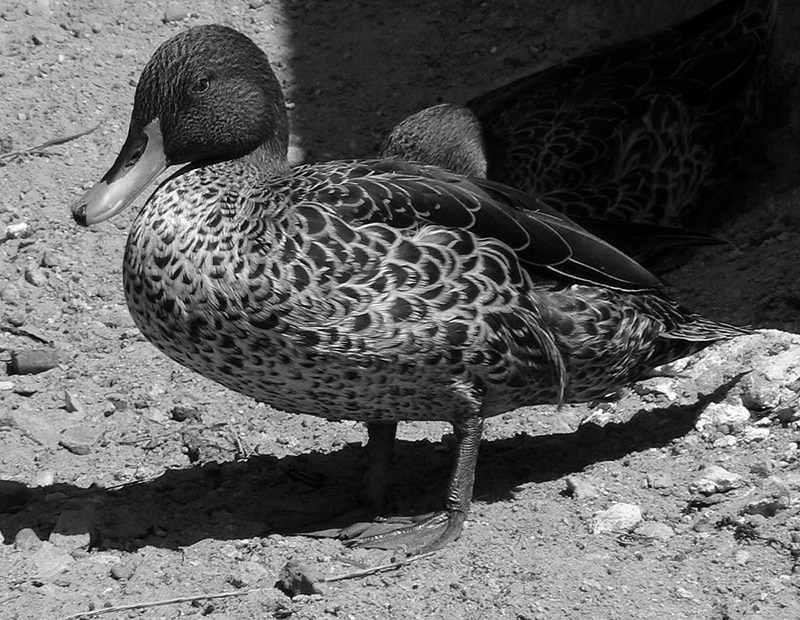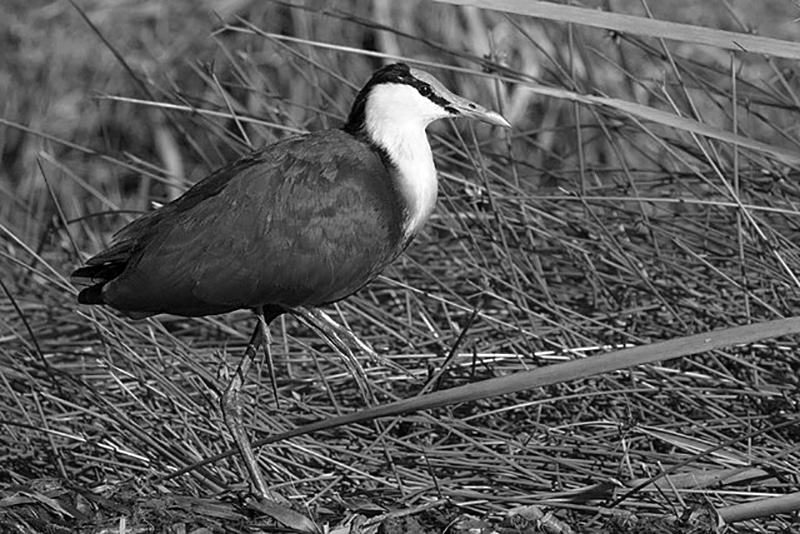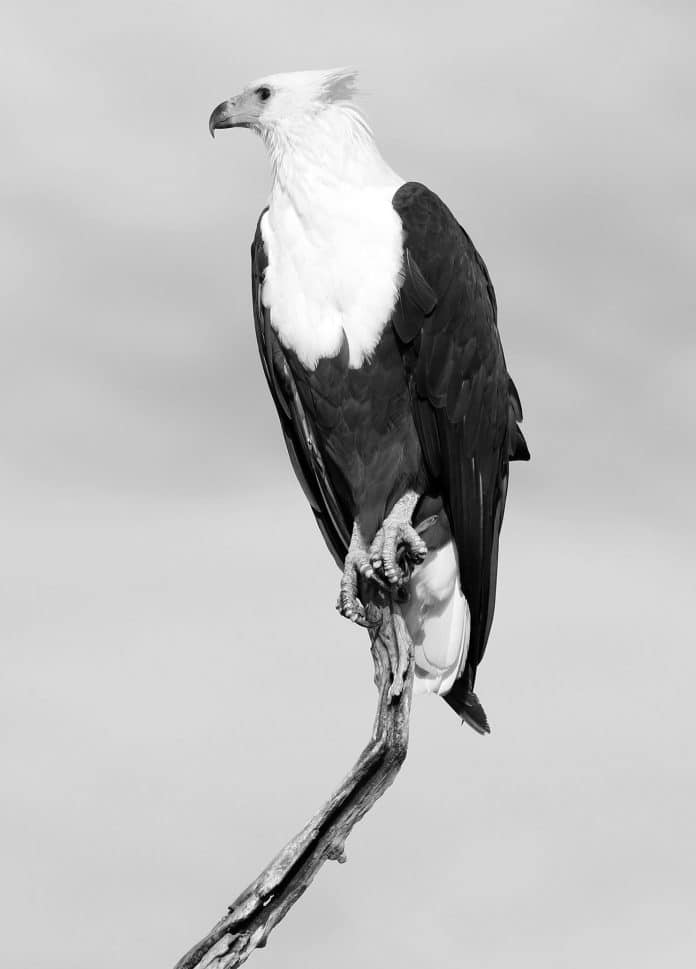Dive into the Vibrant World of Waterfowl in Tanzania: A Guide for Nature Enthusiasts
Introduction to the diverse waterfowl species in Tanzania
Welcome to the vibrant world of waterfowl of Tanzania! As a nature enthusiast, you’re in for a treat as Tanzania is home to a rich diversity of waterfowl species. From the iconic flamingos to the majestic African fish eagle, this East African country offers a haven for birdwatchers and nature lovers alike.
Tanzania boasts a varied landscape, including lakes, rivers, wetlands, and coastal areas, which provide ideal habitats for a wide range of waterfowl species. These include ducks, geese, swans, herons, egrets, and many more. Whether you’re an experienced birder or a beginner, Tanzania offers ample opportunities to explore and appreciate the beauty of these magnificent creatures.
The importance of Tanzania for waterfowl conservation
Tanzania plays a crucial role in the conservation of waterfowl species. Its diverse ecosystems provide vital breeding, wintering, and stopover sites for migratory waterfowl that traverse long distances. The country is strategically located along the East Atlantic Flyway, which is a major migratory route for birds traveling between Europe, Asia, and Africa.
The wetlands of Tanzania, such as the famous Lake Manyara, Lake Victoria, and the Serengeti, are designated as Ramsar sites, indicating their international importance for waterfowl conservation. These wetlands provide critical habitats for both resident and migratory waterfowl, offering them food, shelter, and breeding grounds. Protecting these areas is essential to ensure the survival of various waterfowl species.
Top waterfowl species found in Tanzania
Tanzania is a paradise for waterfowl enthusiasts, with a diverse array of species to discover. Some of the top waterfowl species you can encounter here include:
1. Greater Flamingo: These iconic pink birds are a sight to behold, especially when they gather in large flocks, creating a stunning visual spectacle. They can be found in the alkaline lakes of Tanzania, such as Lake Natron and Lake Manyara.
2. African Fish Eagle: Known for its distinctive call and impressive hunting skills, the African Fish Eagle is a symbol of Tanzania’s waterways. With its striking plumage and powerful beak, this raptor is a favorite among birdwatchers.
3. Yellow-billed Duck: This common waterfowl species can be found in various wetland habitats throughout Tanzania. With its bright yellow bill and mottled brown plumage, the Yellow-billed Duck is a delightful sight to behold.

Best locations for waterfowl watching in Tanzania
When it comes to waterfowl watching, Tanzania offers an abundance of prime locations. Here are some of the best spots to observe and appreciate these fascinating creatures:
1. Lake Manyara National Park: This park is renowned for its diverse birdlife, including a large population of flamingos. Grab your binoculars and head to the lake’s shores to witness the majestic sight of these pink birds feeding and wading in the shallow waters.
2. Selous Game Reserve: As one of the largest protected areas in Africa, Selous Game Reserve is a haven for wildlife, including waterfowl. Explore the Rufiji River and its tributaries, where you can spot various species of ducks, herons, and storks.
3. Ngorongoro Crater: This UNESCO World Heritage Site is not only famous for its stunning landscapes but also for its rich birdlife. The shallow soda lake at the crater’s center attracts a diverse range of waterfowl, including flamingos, pelicans, and ducks.
Tips for spotting and identifying waterfowl in Tanzania
Spotting and identifying waterfowl can be a thrilling experience, but it can also be challenging, especially for beginners. Here are some tips to enhance your waterfowl watching adventures in Tanzania:
1. Pack the essentials: Make sure you have the right equipment, including binoculars, a field guide, and a camera. Binoculars will help you get a closer look at the birds, while a field guide will assist you in identifying different species. Don’t forget to bring spare batteries and memory cards for your camera!
2. Learn their behaviors: Understanding the behaviors of waterfowl can greatly aid in their identification. Take note of their feeding habits, flight patterns, and calls. This knowledge will help you distinguish between similar-looking species and make your observations more meaningful.
3. Join an expert-led tour: If you’re new to birdwatching or unfamiliar with the waterfowl species in Tanzania, consider joining a guided tour. Local experts can provide valuable insights, help you spot elusive species, and ensure you make the most of your birdwatching experience.
Conservation efforts and challenges for waterfowl in Tanzania
While Tanzania is an important hub for waterfowl conservation, these magnificent birds still face numerous challenges. Habitat loss, pollution, climate change, and poaching are among the major threats that pose a risk to their survival.
To mitigate these threats, various conservation organizations and government agencies are working tirelessly to protect waterfowl habitats, raise awareness, and implement sustainable practices. They collaborate with local communities, conduct research, and advocate for stronger conservation policies.
However, more needs to be done to ensure the long-term survival of waterfowl species in Tanzania. It is essential for individuals, organizations, and governments to come together and support conservation efforts to safeguard these beautiful creatures and their habitats.
Responsible birdwatching practices in Tanzania
As you embark on your waterfowl watching adventures in Tanzania, it is important to practice responsible birdwatching. Here are some guidelines to ensure you have a positive impact on the environment and the birds:
1. Respect their space: Keep a safe distance from the birds to avoid causing them distress or disrupting their natural behavior. Use binoculars or a camera with a telephoto lens to observe them closely without intruding on their habitat.
2. Do not disturb nesting sites: Breeding season is a critical time for waterfowl, so avoid approaching nesting sites or disturbing their nests. Stay on designated trails and follow any guidelines provided by park authorities or local guides.
3. Leave no trace: Take all your trash with you and avoid leaving any litter behind. Dispose of it properly in designated bins or take it back with you. Remember, leaving the environment as you found it ensures its preservation for future generations.
Other bird species commonly found alongside waterfowl in Tanzania

While waterfowl take center stage in Tanzania, they share their habitats with numerous other bird species. Here are some notable avian companions you might encounter during your waterfowl adventures:
1. African Jacana: Known for its long toes and impressive ability to walk on floating vegetation, the African Jacana can be found in wetlands and shallow lakes across Tanzania. Its vibrant colors and unique appearance make it a fascinating species to observe.
2. Marabou Stork: With its imposing size and distinctive bald head, the Marabou Stork is a common sight in Tanzania. Often seen near water bodies, these scavengers play an important ecological role in cleaning up the environment.
3. African Spoonbill: This elegant wading bird with its long, spoon-shaped bill can be spotted in various wetland habitats throughout Tanzania. Its graceful movements and striking plumage make it a favorite among birdwatchers and photographers.
Recommended resources for further exploration of waterfowl in Tanzania
If you’re eager to delve deeper into the world of waterfowl in Tanzania, here are some recommended resources to assist you in your exploration:
1. Field guides: Invest in a comprehensive field guide focusing on birds of East Africa or specifically Tanzania. These guides provide detailed information, illustrations, and maps to help you identify different waterfowl species.
2. Online birding forums: Join online birding communities and forums where you can interact with experienced birdwatchers and seek advice. These platforms are a wealth of knowledge and can help you discover new locations and species to explore.
3. Local birdwatching groups: Connect with local birdwatching groups or organizations in Tanzania. They often organize outings, workshops, and events that provide opportunities to learn from experts and meet fellow enthusiasts.
Conclusion: Embracing the beauty and diversity of waterfowl in Tanzania
As you conclude your journey through the vibrant world of waterfowl in Tanzania, take a moment to reflect on the awe-inspiring beauty and diversity of these magnificent creatures. From the striking flamingos to the regal African fish eagle, Tanzania offers a haven for nature enthusiasts and bird lovers.
By venturing into the wetlands, lakes, and rivers of Tanzania, you not only witness the wonders of waterfowl but also contribute to their conservation efforts. Remember to practice responsible birdwatching, respect their habitats, and support initiatives that strive to protect these fascinating species.
So, pack your binoculars, grab your camera, and embark on an unforgettable adventure into the vibrant world of waterfowl in Tanzania. You’ll be rewarded with breathtaking sights, memorable experiences, and a deeper appreciation for the delicate balance of nature.
Start your journey today and embrace the beauty and diversity of waterfowl in Tanzania!
For more articles related to Wildlife in Tanzania (Animals), click here!


































